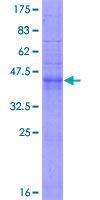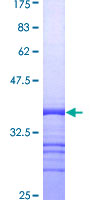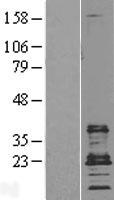order histories, retained contact details for faster checkout, review submissions, and special promotions.
Forgot password?
order histories, retained contact details for faster checkout, review submissions, and special promotions.
Locations
Orders Processing,
Shipping & Receiving,
Warehouse
2 Shaker Rd Suites
B001/B101
Shirley, MA 01464
Production Lab
Floor 6, Suite 620
20700 44th Avenue W
Lynnwood, WA 98036
Telephone Numbers
Tel: +1 (206) 374-1102
Fax: +1 (206) 577-4565
Contact Us
Additional Contact Details
order histories, retained contact details for faster checkout, review submissions, and special promotions.
Forgot password?
order histories, retained contact details for faster checkout, review submissions, and special promotions.
CD9
CD9 molecule
CD9 is a member of the transmembrane 4 superfamily, also known as the tetraspanin family. Tetraspanins are cell surface glycoproteins with four transmembrane domains that form multimeric complexes with other cell surface proteins. The encoded protein functions in many cellular processes including differentiation, adhesion, and signal transduction, and expression of this gene plays a critical role in the suppression of cancer cell motility and metastasis.
| Gene Name: | CD9 molecule |
| Family/Subfamily: | Tetraspan , not assigned-Tetraspan |
| Synonyms: | CD9, 5H9 antigen, BA2, BA-2/p24 antigen, CD9 antigen, CD9 antigen (p24), DRAP-27, MIC3, MRP-1, Leukocyte antigen MIC3, Tetraspanin-29, TSPAN29, BTCC-1, CD9 molecule, Motility related protein-1, Motility-related protein, TSPAN-29 |
| Target Sequences: | NM_001769 NP_001760.1 P21926 |
Publications (8)





If you do not find the reagent or information you require, please contact Customer.Support@LSBio.com to inquire about additional products in development.









